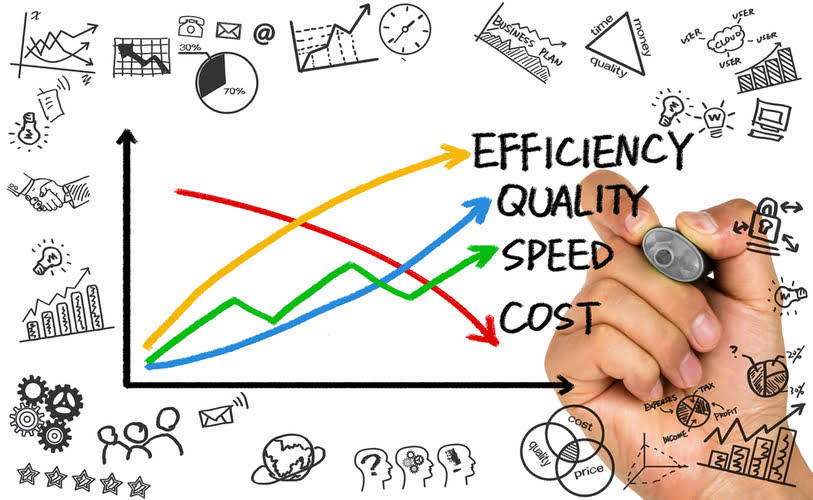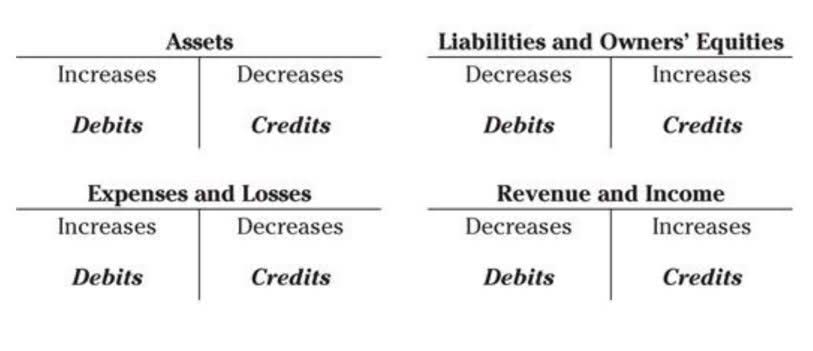
With advanced inventory management and inventory control features, Deskera helps you drive DSI down. This information can help businesses adjust production and purchasing dsi accounting to match demand. While the numerator reflects the value of the stock, the denominator shows the everyday cost spent by the organization for the manufacturing of goods.
The cash conversion cycle should be compared to companies operating in the same industry and conducted on a trend. For example, measuring a company’s conversion cycle to its cycles in previous years can help with gauging whether its working capital management is deteriorating or improving. But any company with recorded inventory on the balance sheet could really experience similar trends. That’s why a basic understanding of Days Sales in Inventory can be a valuable tool in spotting concerning inventory management trends as you look through financials. Days Sales of Inventory is a calculation to work out the average period of time (in days) that it takes for a business to sell its products or inventory.
Deciding the number of days
To obtain an accurate DSI value comparison between companies, it must be done between two companies within the same industry or that conduct the same type of business. For example, a retail store like Wal-mart can be compared to Costco in terms of inventory and sales performance. While inventory value is available on the balance sheet of the company, the COGS value can be sourced from the annual financial statement. Care should be taken to include the sum total of all the categories of inventory which includes finished goods, work in progress, raw materials, and progress payments.
- It is important for a company to maintain an appropriate level of inventory to meet customer demand and avoid stockouts, while not holding too much inventory that ties up cash and leads to obsolescence or waste.
- Inventory turnover, on the other hand, looks at how often the inventory is sold and replaced during a period.
- A 50-day DSI means that, on average, the company needs 50 days to clear out its inventory on hand.
- One must also note that a high DSI value may be preferred at times depending on the market.
- It’s all about turning stock into cash flow and keeping your business agile in a market that never sleeps.
- This means that businesses are looking for a lower DSI number, and a higher Inventory Turnover ratio – since both of these indicate that stock is moving quickly through the business.
In the above example, the beginning inventory for 2021 was $5.5 billion, and the ending inventory was $5.98 billion. Therefore, we divide the numerator by 2 to get an average inventory of $5.74 billion for the year 2021. The first input will be average inventory; however, it is also common to only use the closing inventory at the end of the current measurement period.
What is the Cash Conversion Cycle?
Improving DSI involves several strategies, including optimizing inventory levels to avoid overstocking or understocking. Companies can also enhance their demand forecasting methods, using historical sales data and market trends to predict future sales more accurately. Additionally, streamlining the supply chain by improving supplier relations and logistics can reduce lead times and keep inventory levels in check. Understanding DSI is akin to having a crucial roadmap for proficient inventory management in any business. It serves as a strategic tool to gauge the velocity at which inventory is converted into sales, providing pivotal insights into a company’s operational effectiveness and agility.

For manufacturers, it’s about understanding how long the process takes from receiving inventory to manufacturing a product and achieving a sale. By focusing on DSI, manufacturers can look to streamline or improve their production capabilities, in order to bring the average Days Sales of Inventory down. Conversely, a company in the manufacturing industry might experience a decrease in sales during economic downturns, which can decrease its DSI ratio. These factors can skew the DSI ratio and make it difficult to compare companies across different seasons or industries. Another limitation of DSI ratio is that it doesn’t account for seasonal trends or industry-specific factors.













